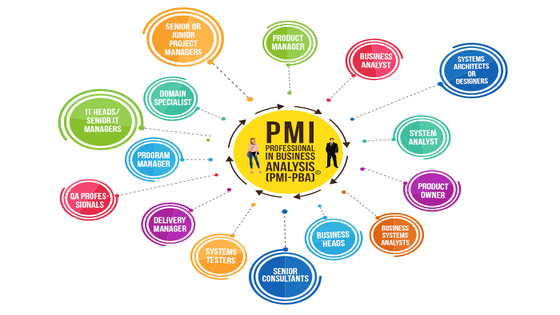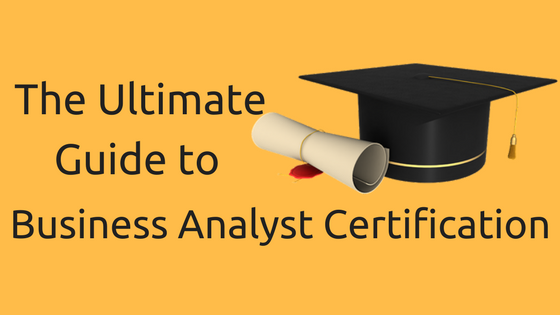10 Best Apache Spark Books
Apache Spark is an open-source big data framework from Apache with built-in modules related to SQL, streaming, graph processing, and machine learning. It was open-sourced in 2010, and its impact on big data and related technologies was quite evident from the start as it quickly garnered the attention of 250+ organizations with over 1000 contributors. With so many Apache Spark books available, it is hard to find the best books for self-learning purposes. So, should you learn it? The answer depends on your interest. If you are heavily invested in big data, then Apache Spark is a must-learn for you […]
10 Best Apache Spark Books Read More »






